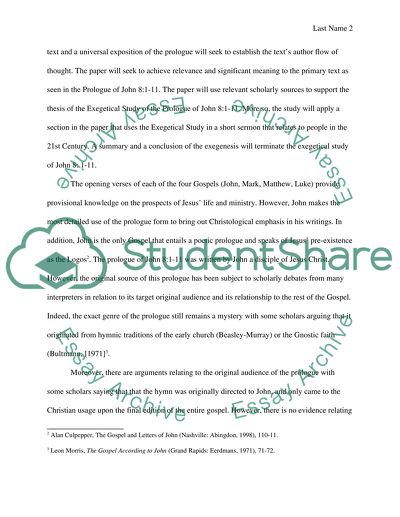Cite this document
(“An Exegetical Study on John 8:1-11 Essay Example | Topics and Well Written Essays - 2000 words”, n.d.)
Retrieved from https://studentshare.org/religion-and-theology/1451130-an-exegetical-study-on-john
Retrieved from https://studentshare.org/religion-and-theology/1451130-an-exegetical-study-on-john
(An Exegetical Study on John 8:1-11 Essay Example | Topics and Well Written Essays - 2000 Words)
https://studentshare.org/religion-and-theology/1451130-an-exegetical-study-on-john.
https://studentshare.org/religion-and-theology/1451130-an-exegetical-study-on-john.
“An Exegetical Study on John 8:1-11 Essay Example | Topics and Well Written Essays - 2000 Words”, n.d. https://studentshare.org/religion-and-theology/1451130-an-exegetical-study-on-john.


